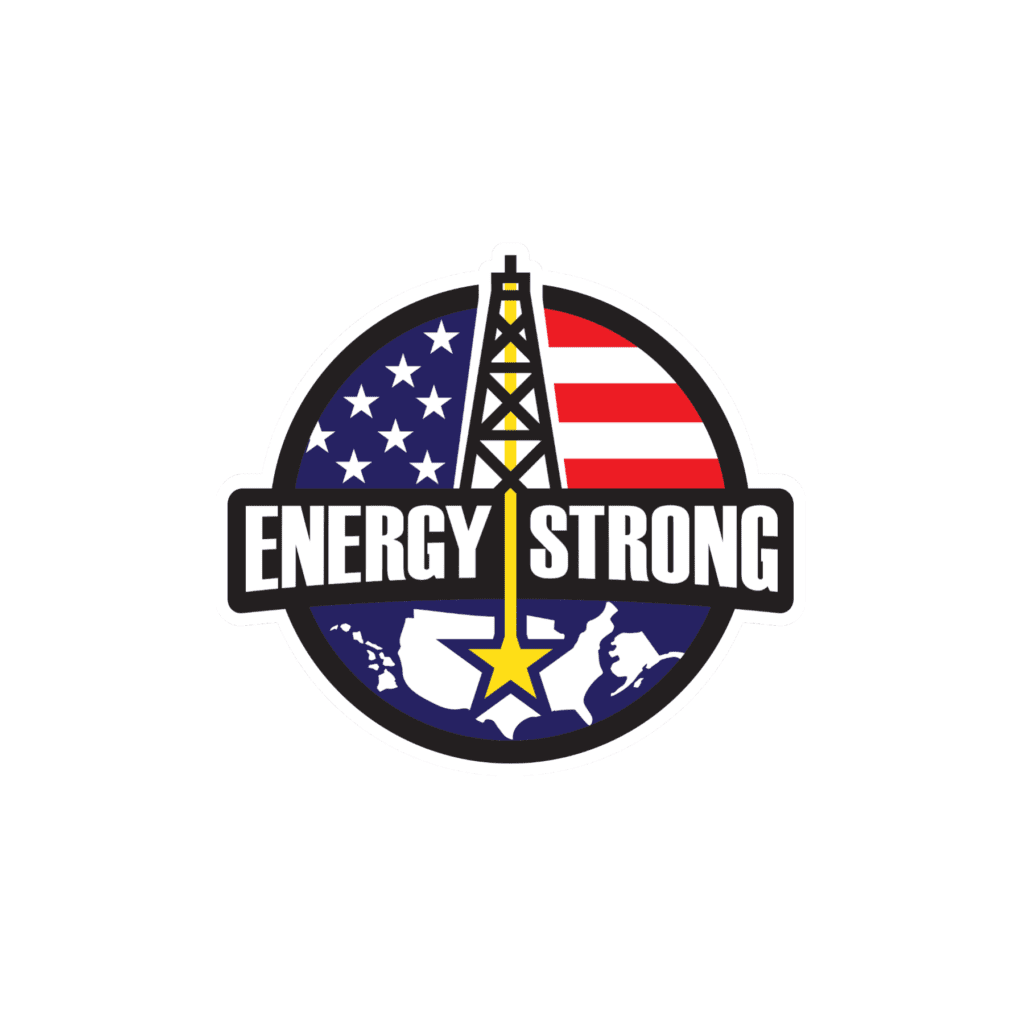Four countries are expected to import LNG for the first time next year as expansion projects in the Americas, Asia-Pacific and Europe are expected to boost global regasification capacity by 23 Bcf/d in 2024.
The U.S. Energy Information Administration (EIA) estimates that Antigua and Barbuda, Australia, Cyprus, and Nicaragua could join the list of countries capable of importing liquefied natural gas next year. Overall, global regasification capacity could reach 163 Bcf/d across 55 countries by the end of 2024, based on EIA calculations of data from the International Group of Liquefied Natural Gas Importers.
“Australia, although also one of the world’s three largest LNG exporters, will add 0.3 Bcf/d of regasification capacity through a new offshore terminal on its eastern coast,” EIA anylasts wrote in a recent note. “Both Nicaragua and Antigua and Barbuda will become new LNG importers, with a combined regasification capacity of 0.1 Bcf/d.”
Australian Supply
Australia’s Viva Energy has been planning the addition of a 0.3 Bcf/d floating LNG vessel at its Geelong Refinery in southeast Australia. Viva had previously targeted a final investment decision on the project last year with the anticipation of receiving first cargoes by the end of 2024. The firm is now awaiting an environmental assessment from the state of Victoria.
While LNG exports broke a record of 40.7 million tons during the first 6 months of the year, the country has also been dealing with regional domestic shortages, especially in the east. Differing gas conservation policies between East and West Australia, and declining domestic production, have also caused regulators to increasingly question the costs of LNG exports.
Since 2017, spot gas prices for eastern Australia have more frequently risen above contract prices for LNG to Asia, according to EIA data. Earlier in the year, the Australian Energy Market Operator (AEMO) requested LNG exporters make more volumes available for the country’s southern states as reserves in Victoria dip to unprecedented levels.
AEMO researchers concluded in a March report there could be even greater pressure on exporters to divert spot cargoes to domestic markets after 2027 as production from southern fields continues to decline.
Australian natural gas production has held near 16-17 Bcf/d since 2020, but the percentage of overall production exported as LNG has dropped from a peak of roughly 73% in February 2021 to just over 60% in June, according to NGI calculations of regulatory data.
Caribbean LNG
In the Caribbean, a project in Antigua and Barbuda is progressing that is aimed to replace the country’s reliance on fuel oil for power generation. Antigua is expected to have regasification capacity of up to 0.05 Bcf/d if the project is completed next year.
The country’s utility regulator disclosed last week that four 1,000 cubic meter LNG storage tanks arrived and would soon be moved to the site of an integrated power plant project.
Eagle LNG Partners LLC and Antigua Power Co. Ltd., which produces around 80% of the country’s electricity, created the Caribbean LNG joint venture to develop an integrated LNG terminal and a 46 MW power plant that uses light fuel oil and natural gas.
The project is to be supplied from Eagle’s proposed small-scale LNG facility in Jacksonville, FL.
Asia is expected to lead the world’s import capacity expansions next year, buoyed by several Chinese projects. China is expected to complete 8.5 Bcf/d of regasification projects, despite a slowdown in LNG imports since 2021.India, the world’s fifth largest LNG buyer, is also estimated to add 1.3 Bcf/d in import capacity by the end of 2023 with two new terminals. The International Energy Agency expects India’s natural gas consumption to rise 4% year-over-year in 2023, supported by stronger growth in the power and industrial sectors and the country’s efforts to expand city gas distribution networks to reduce dependence on coal.
The post EIA Anticipates Australia, Antigua to Join Growing List of LNG Importers Next Year appeared first on Natural Gas Intelligence


